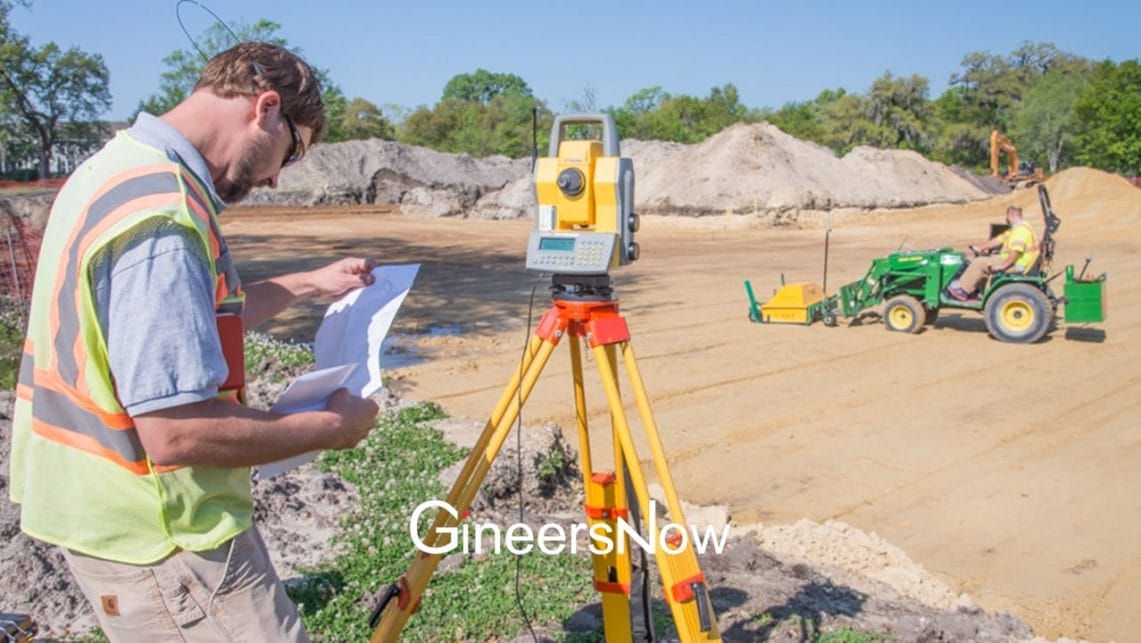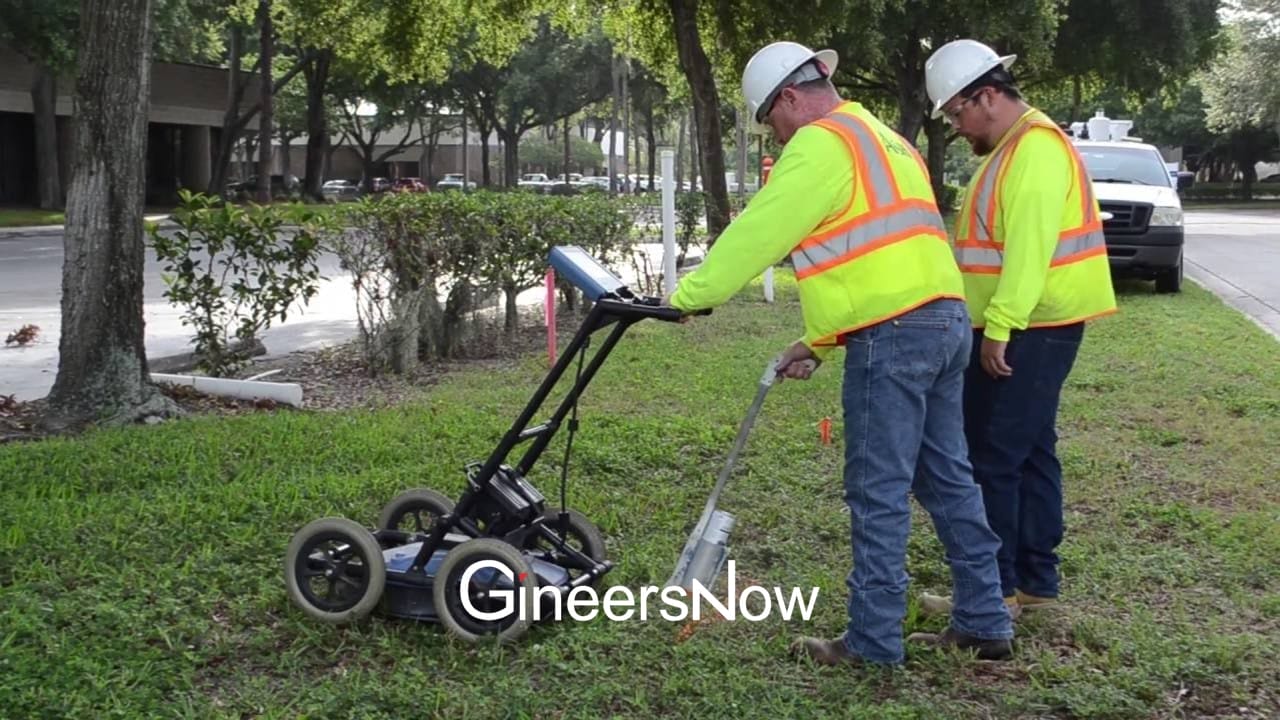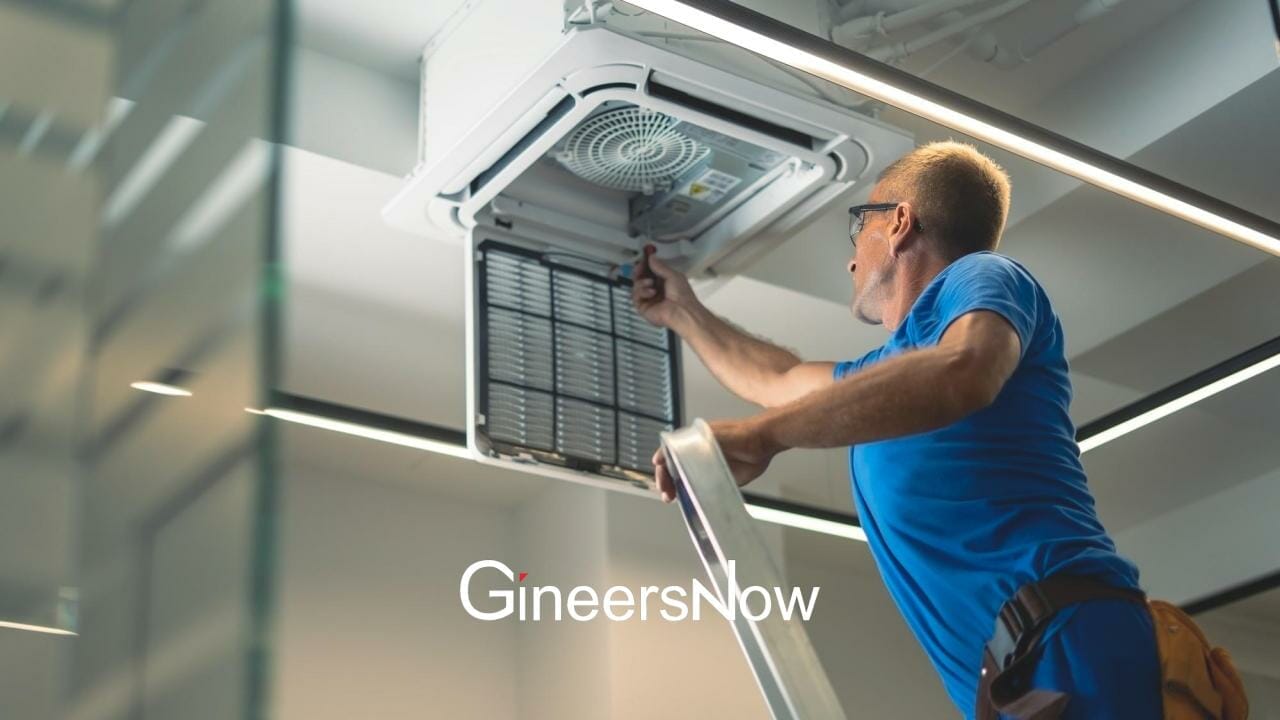Are you ready to delve into the underground world of utility resilience? In “Utility Resilience: Strategies for Mitigating Risks in Subsurface Infrastructure,” you’ll explore the secrets to safeguarding the intricate web of pipes and cables that lie beneath our feet. This comprehensive guide takes you on a journey through the challenges and solutions of subsurface infrastructure, empowering you with the knowledge to assess vulnerabilities, implement resilient design measures, and enhance monitoring and maintenance practices. With a focus on strengthening emergency response plans and collaborating with stakeholders, you’ll discover how to navigate the complex terrain of utility resilience. So, roll up your sleeves and get ready to uncover the strategies that will keep our subsurface infrastructure strong and secure.
Understanding Subsurface Risks
To understand subsurface risks, you need to familiarize yourself with potential hazards that can impact utility infrastructure. Subsurface risks refer to the dangers that lie beneath the surface, hidden from plain sight. These risks can pose significant threats to the integrity and functionality of utility systems. One of the primary hazards is utility locating services in geological formations, such as sinkholes and landslides. These formations can cause the ground to shift or collapse, which can damage underground utility lines and disrupt services.
Another risk to consider is the presence of underground utilities, such as gas pipelines or electrical cables. Accidental damage to these utilities during excavation or construction can lead to gas leaks, power outages, or even explosions. Additionally, environmental factors like flooding or soil erosion can weaken the ground, making it more susceptible to subsidence or the sinking of the surface. It is crucial to be aware of these potential risks and take proactive measures to mitigate them. Regular inspections, monitoring systems, and proper maintenance can help identify and address subsurface hazards before they escalate into major issues. By understanding the subsurface risks, you can better protect and ensure the resilience of utility infrastructure.
Assessing Vulnerabilities
You can assess vulnerabilities by regularly evaluating the condition and potential risks associated with subsurface infrastructure. Conducting regular inspections and assessments of your underground utility systems is crucial for identifying any weaknesses or potential threats. This includes examining the structural integrity of pipes, cables, and other components, as well as checking for signs of deterioration or wear. By identifying areas of concern, you can proactively address them before they escalate into major issues or failures.
Another important aspect of vulnerability assessment is understanding the potential risks that your subsurface infrastructure may face. This involves considering external factors such as soil conditions, seismic activity, and climate changes that could impact the stability and functionality of your underground systems. By analyzing historical data, conducting risk assessments, and collaborating with experts in the field, you can gain a comprehensive understanding of the vulnerabilities specific to your infrastructure.
In addition to regular inspections and risk assessments, implementing monitoring systems can also enhance your ability to assess vulnerabilities. By utilizing technologies such as sensors, data analytics, and remote monitoring, you can continuously monitor the condition and performance of your subsurface infrastructure. This real-time data can provide valuable insights into potential vulnerabilities and help you make informed decisions regarding maintenance, repairs, and upgrades.
Implementing Resilient Design Measures
By implementing resilient design measures, you can enhance the ability of your subsurface infrastructure to withstand and recover from potential risks and disruptions. These measures are crucial for ensuring the long-term sustainability and reliability of your utility systems. Consider the following strategies to strengthen the resilience of your subsurface infrastructure:
- Investing in redundancy: By duplicating critical components and systems, you can minimize the impact of failures and improve the overall reliability of your infrastructure.
- Implementing advanced monitoring systems: By utilizing cutting-edge technologies, such as sensors and data analytics, you can detect potential issues in real-time and proactively address them before they escalate into major problems.
- Integrating natural disaster resilience: By designing your infrastructure to withstand extreme weather events, earthquakes, and other natural disasters, you can minimize the damage and downtime caused by such events.
- Developing comprehensive emergency response plans: By having well-defined protocols and procedures in place, you can ensure a prompt and effective response to emergencies, minimizing the impact on your operations and customers.

Enhancing Monitoring and Maintenance Practices
Enhance the resilience of your subsurface infrastructure by implementing robust monitoring and maintenance practices. Regular monitoring and maintenance are crucial in identifying potential risks and addressing them before they escalate into major problems. By adopting proactive measures, you can minimize downtime, reduce repair costs, and ensure the longevity of your infrastructure.
One effective way to enhance monitoring and maintenance practices is by utilizing advanced technology and tools. For instance, implementing remote monitoring systems can provide real-time data on the condition of your infrastructure, allowing you to detect any abnormalities or signs of deterioration promptly. Additionally, using sensors and automated systems can help you collect data on factors such as temperature, pressure, and vibration, enabling you to predict potential failures and take preventive action.
Another important aspect of enhancing monitoring and maintenance practices is establishing a comprehensive maintenance schedule. This includes regular inspections, testing, and servicing of equipment and components. By adhering to a well-defined maintenance plan, you can identify early signs of wear and tear, address minor issues promptly, and prevent them from developing into major failures.
To give you a better understanding, here’s a table highlighting the key elements of enhancing monitoring and maintenance practices:
| Key Elements | Benefits |
| Utilizing advanced technology and tools | Real-time data, early detection of abnormalities, predictive maintenance |
| Establishing a comprehensive maintenance schedule | Early identification of wear and tear, preventive action |
Strengthening Emergency Response Plans
To strengthen your emergency response plans for subsurface infrastructure, it is crucial to develop a comprehensive and proactive strategy. This will ensure that you are prepared to handle any unforeseen events or emergencies that may arise. Here are four key elements to consider when strengthening your emergency response plans:
- Risk Assessment: Conduct a thorough risk assessment to identify potential hazards and vulnerabilities in your subsurface infrastructure. This will help you prioritize your response efforts and allocate resources effectively.
- Training and Education: Provide regular training and education sessions for your staff to enhance their knowledge and skills in emergency response procedures. This will enable them to respond swiftly and effectively in high-pressure situations.
- Collaboration and Communication: Foster strong partnerships with local emergency response agencies and other relevant stakeholders. Establish clear lines of communication and protocols for sharing information during emergencies. This collaborative approach will promote efficient coordination and support during crisis situations.
- Testing and Exercises: Regularly test and conduct exercises to evaluate the effectiveness of your emergency response plans. This will help identify any gaps or weaknesses that need to be addressed. By simulating different scenarios, you can ensure that your plans are robust and adaptable.
Collaborating With Stakeholders
To effectively collaborate with stakeholders in subsurface infrastructure planning, ensure strong partnerships are established with local emergency response agencies and other relevant parties. These partnerships are crucial for ensuring the successful implementation of resilience strategies and mitigating risks in subsurface infrastructure.
Engaging with local emergency response agencies is vital because they have the expertise and resources to respond effectively to emergencies and incidents. By collaborating with these agencies, you can gain valuable insights into their response capabilities and integrate them into your planning process. This can help you identify potential risks and develop strategies to address them proactively.
In addition to emergency response agencies, it is important to collaborate with other relevant stakeholders, such as utility companies, government agencies, and community organizations. These stakeholders can provide valuable input and expertise in areas such as infrastructure design, maintenance, and community engagement.
Building strong partnerships with stakeholders is not only beneficial for risk mitigation but also for building community resilience. By involving stakeholders in the planning process, you can ensure that their perspectives and needs are considered, fostering a sense of ownership and collaboration.
Effective collaboration with stakeholders requires open communication, regular meetings, and shared decision-making. It is important to establish clear roles and responsibilities and to maintain ongoing engagement throughout the planning and implementation process. By working together, you can create a resilient subsurface infrastructure that is prepared for potential risks and can withstand and recover from emergencies effectively.














